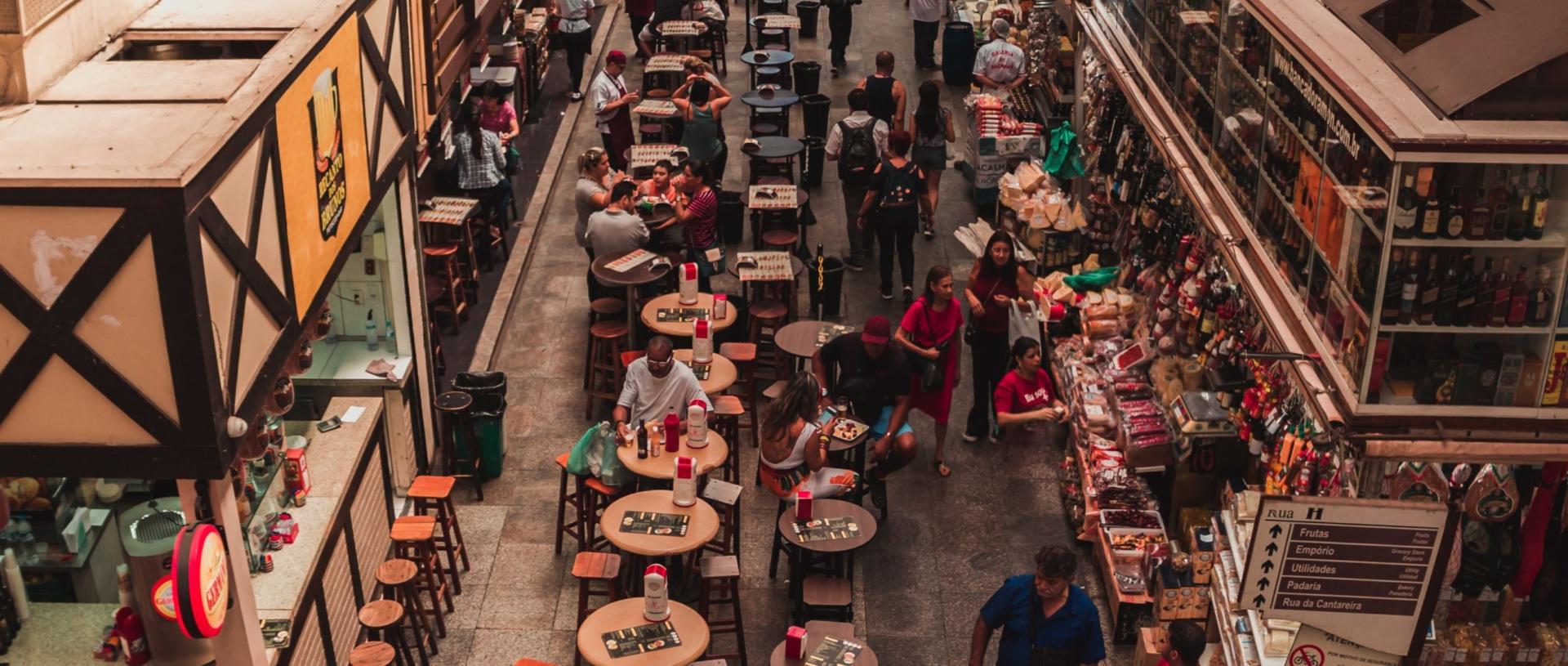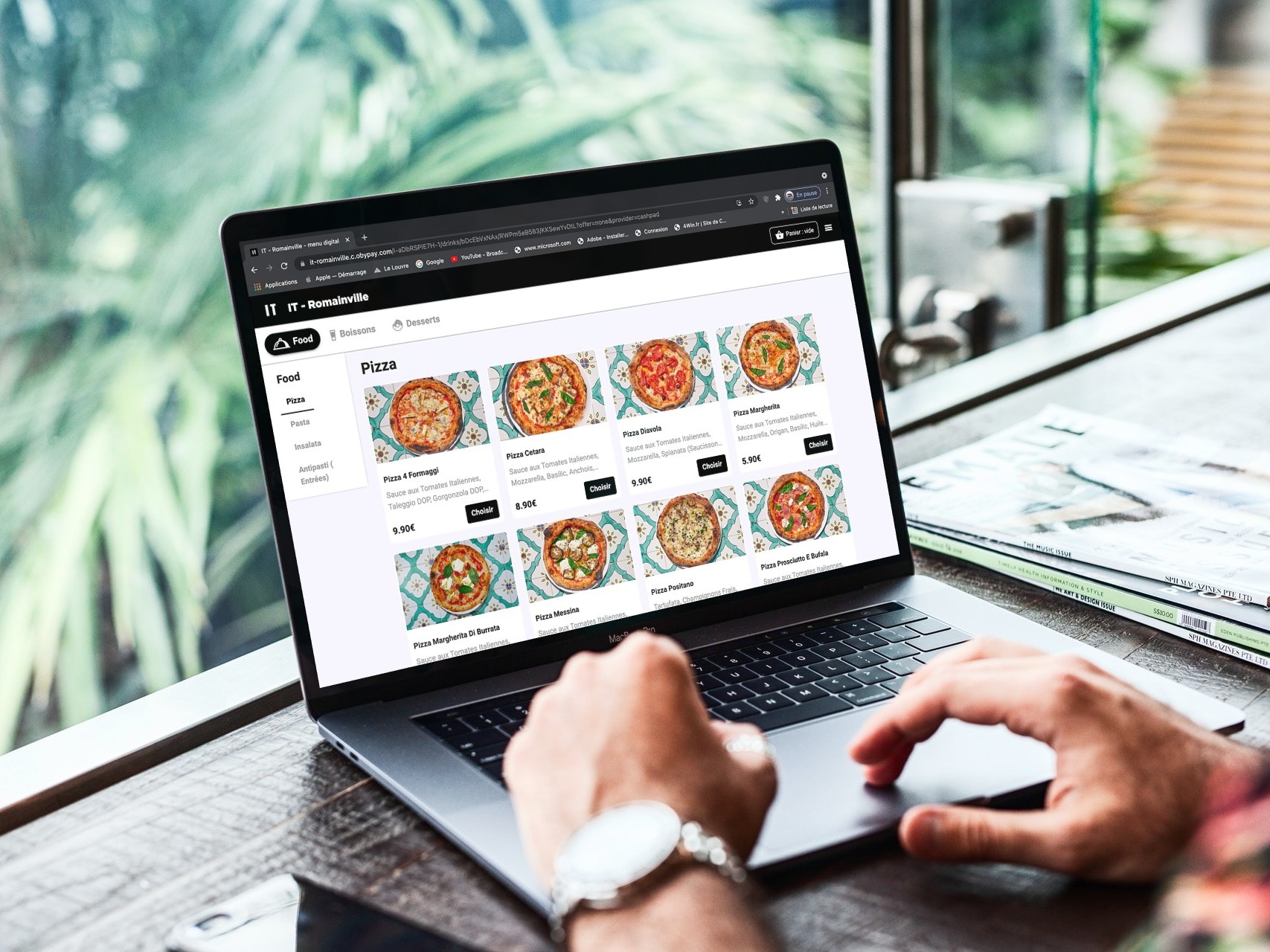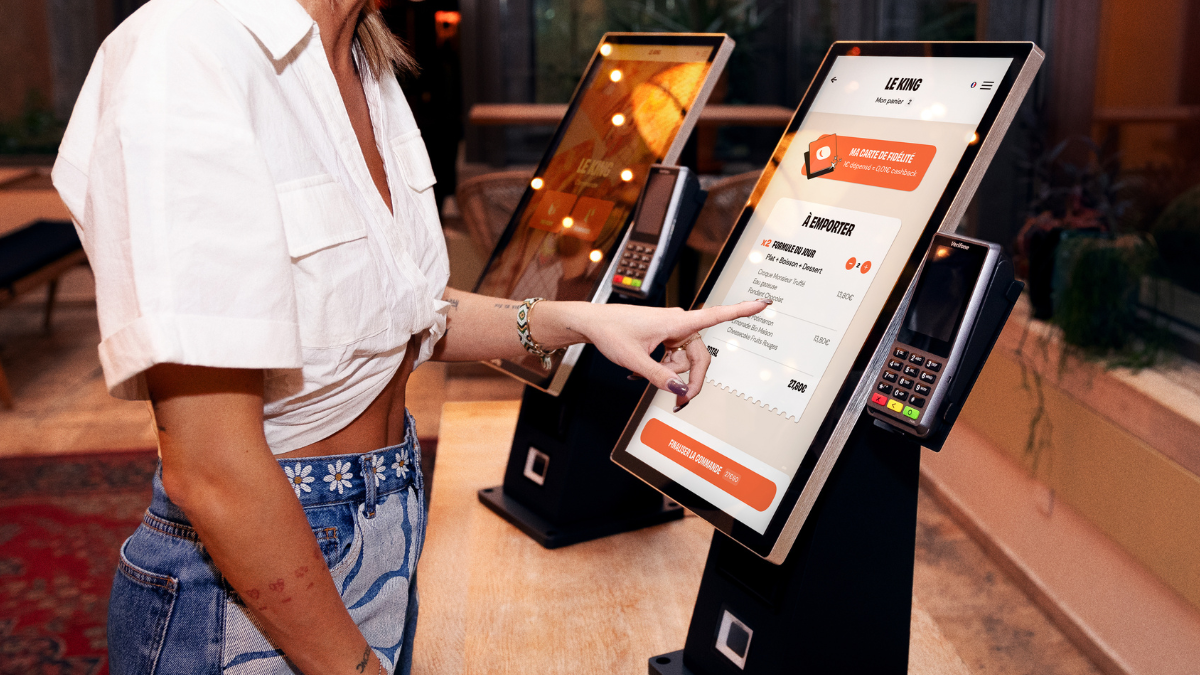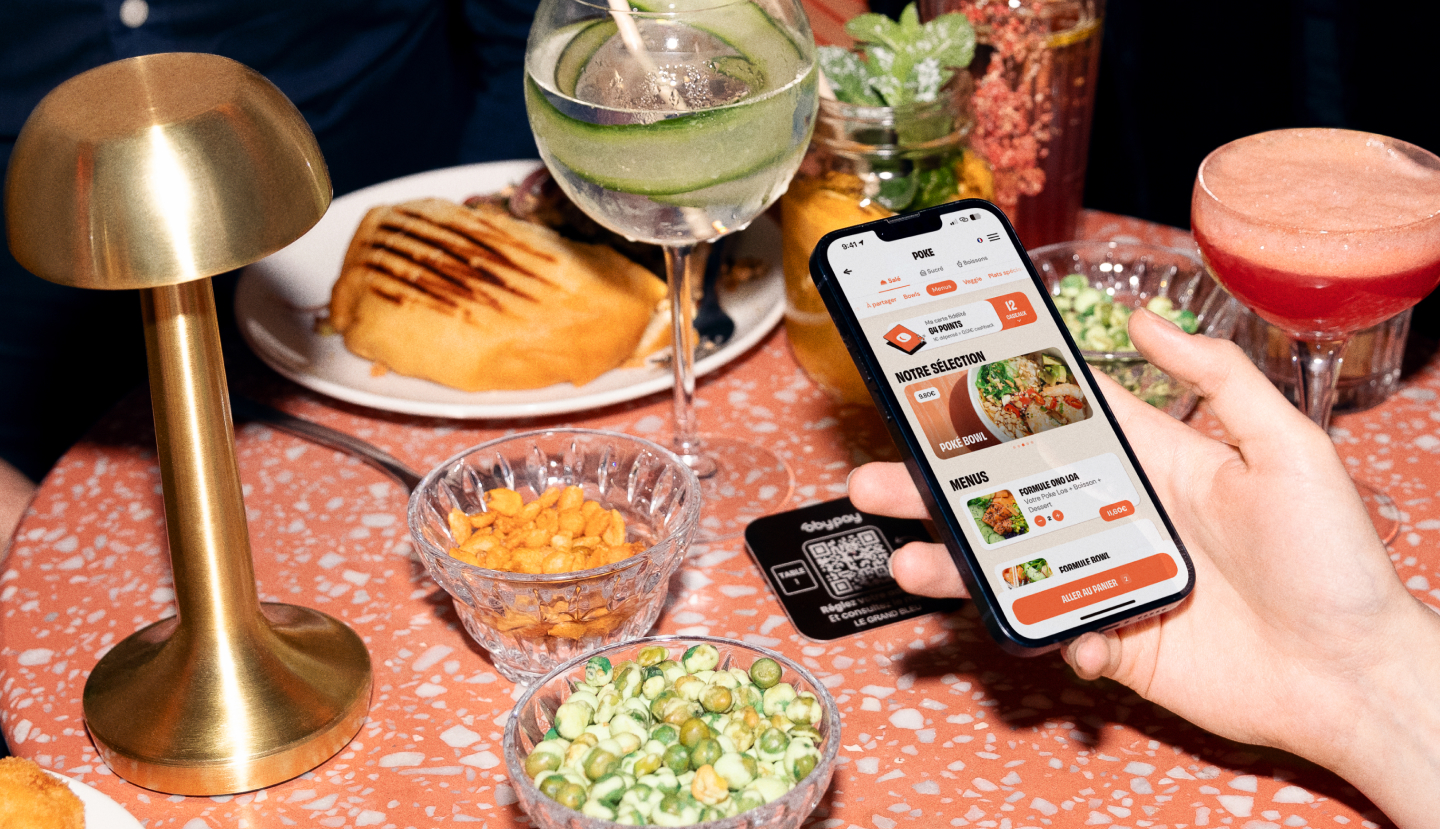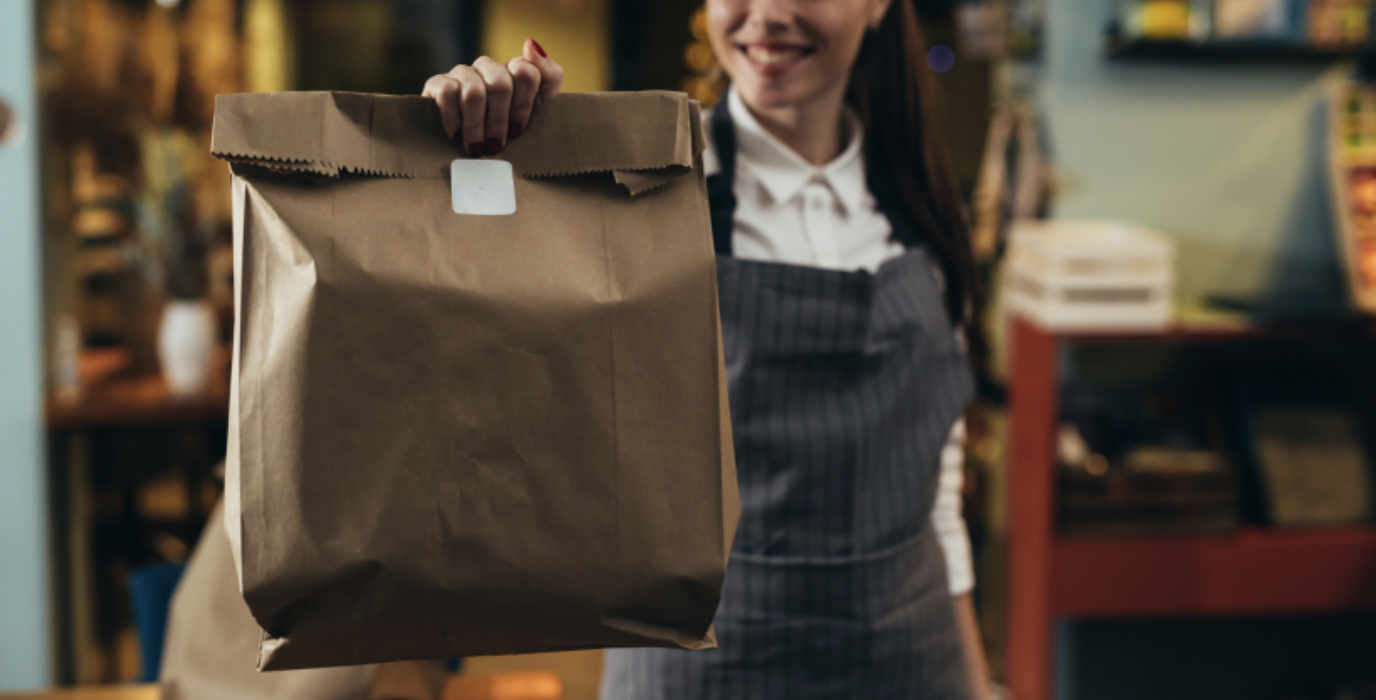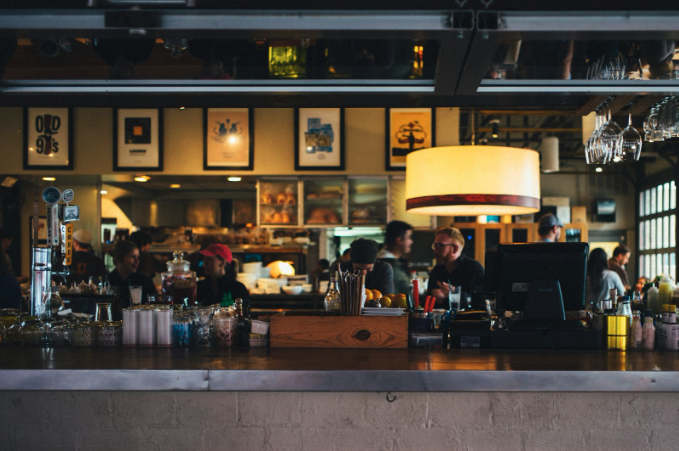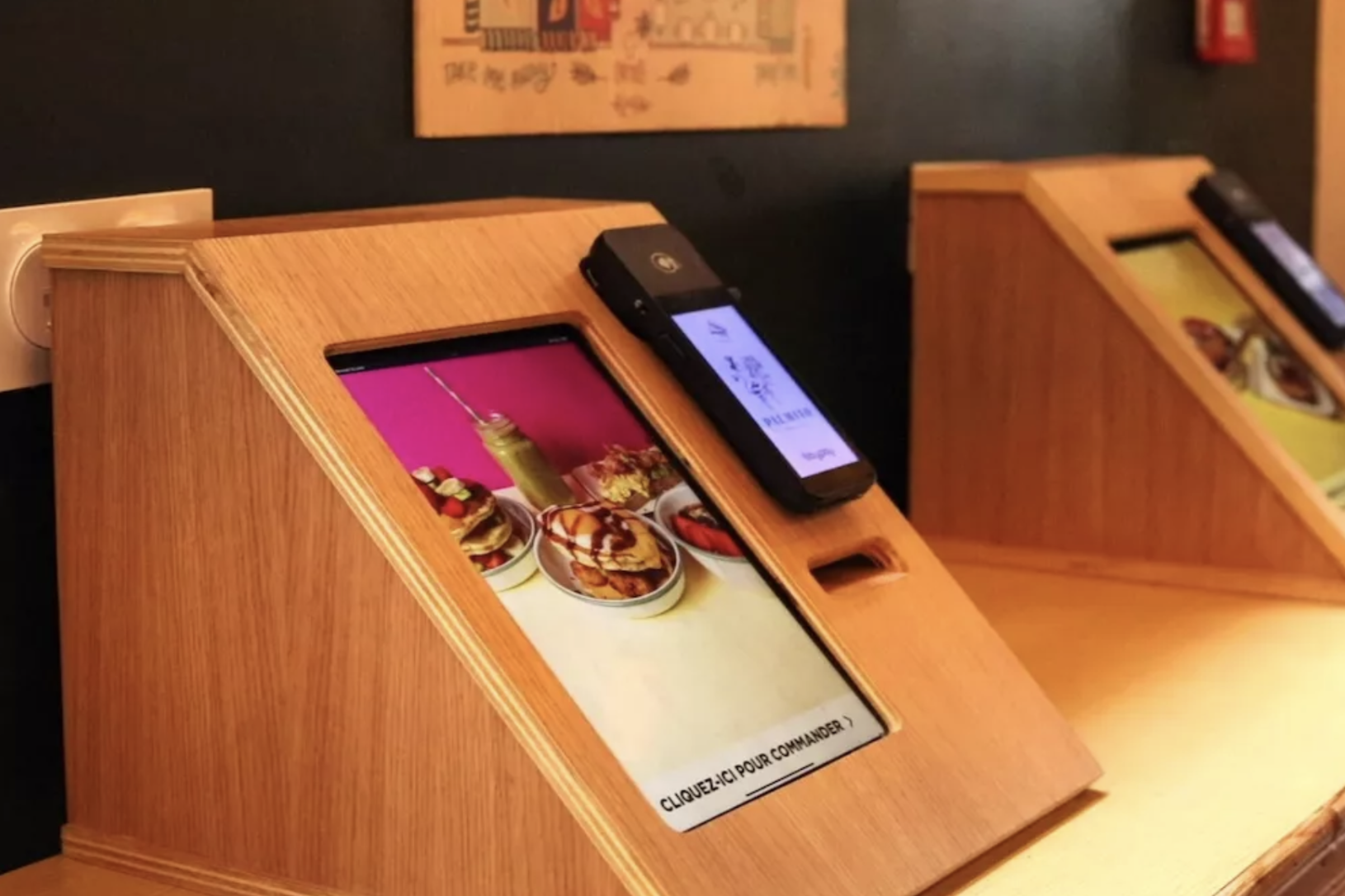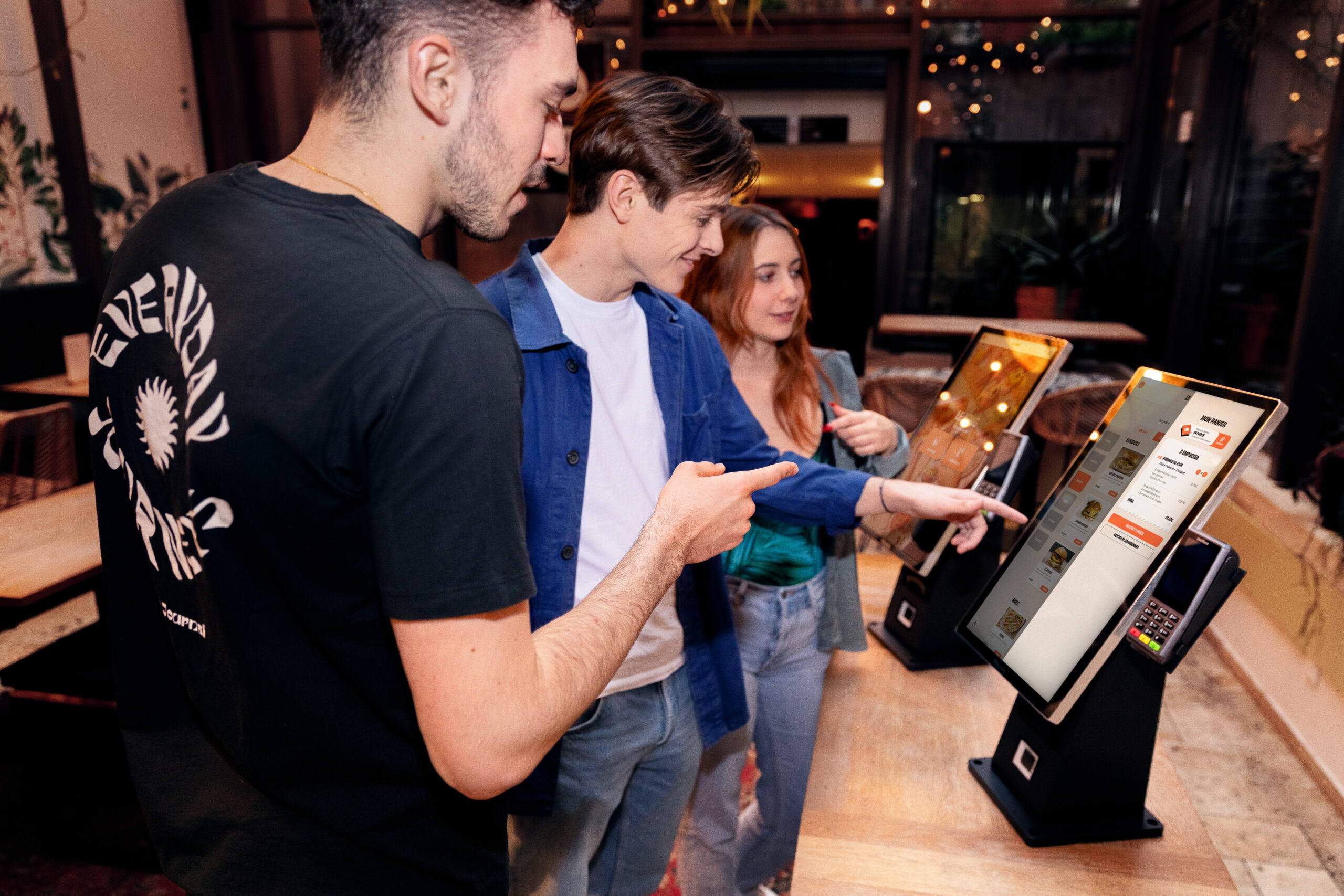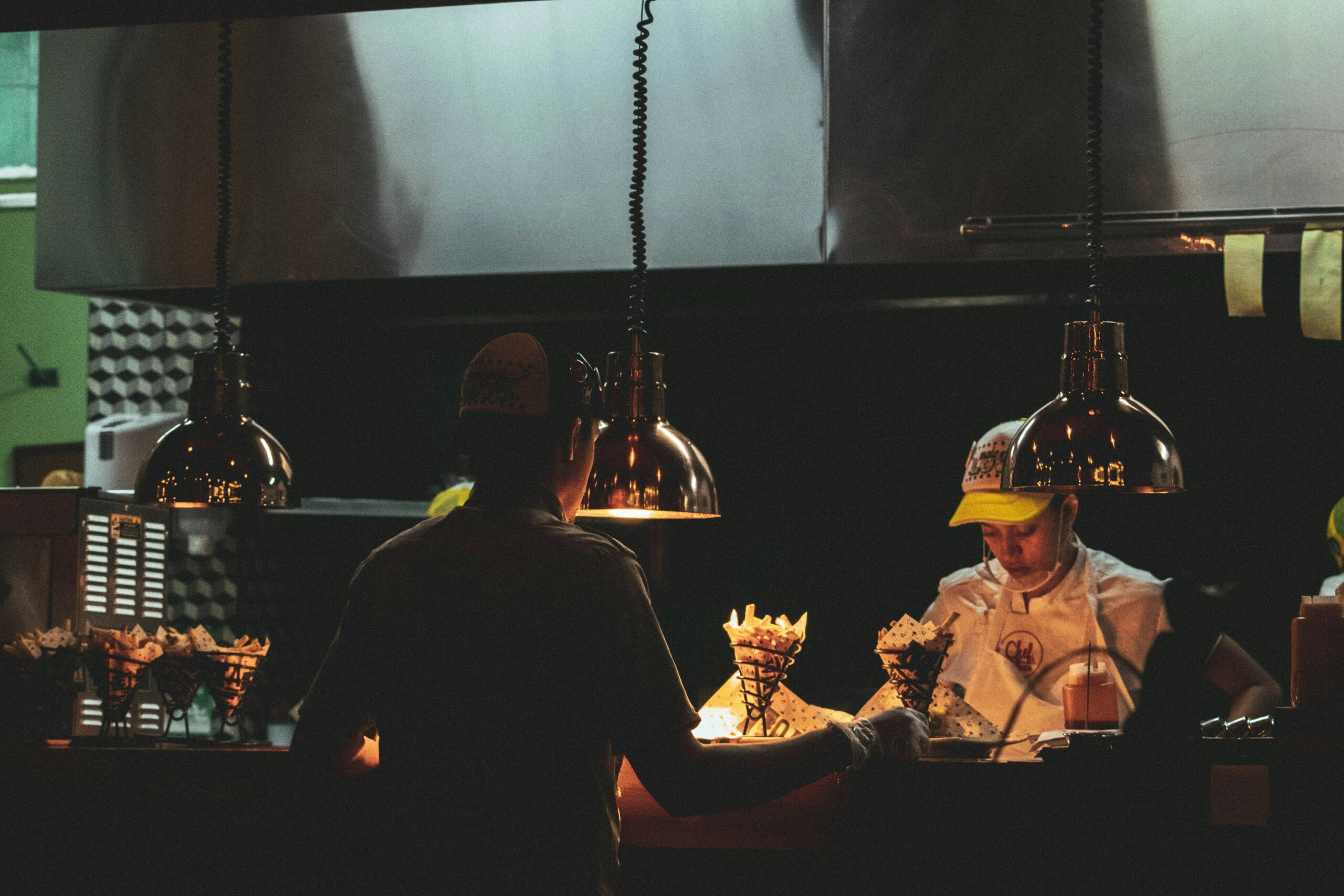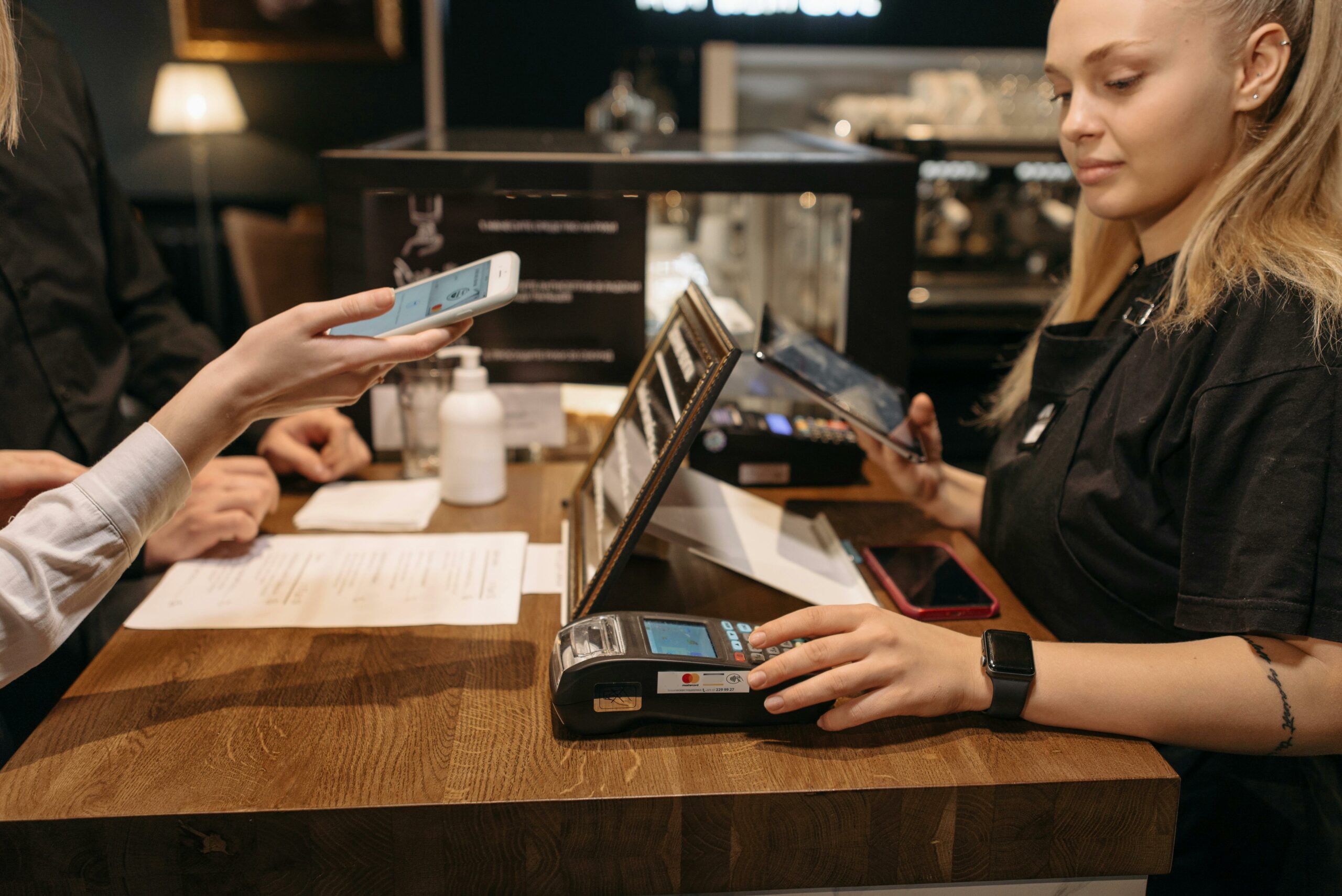Why be wary of low-priced control terminals?
September 30, 2024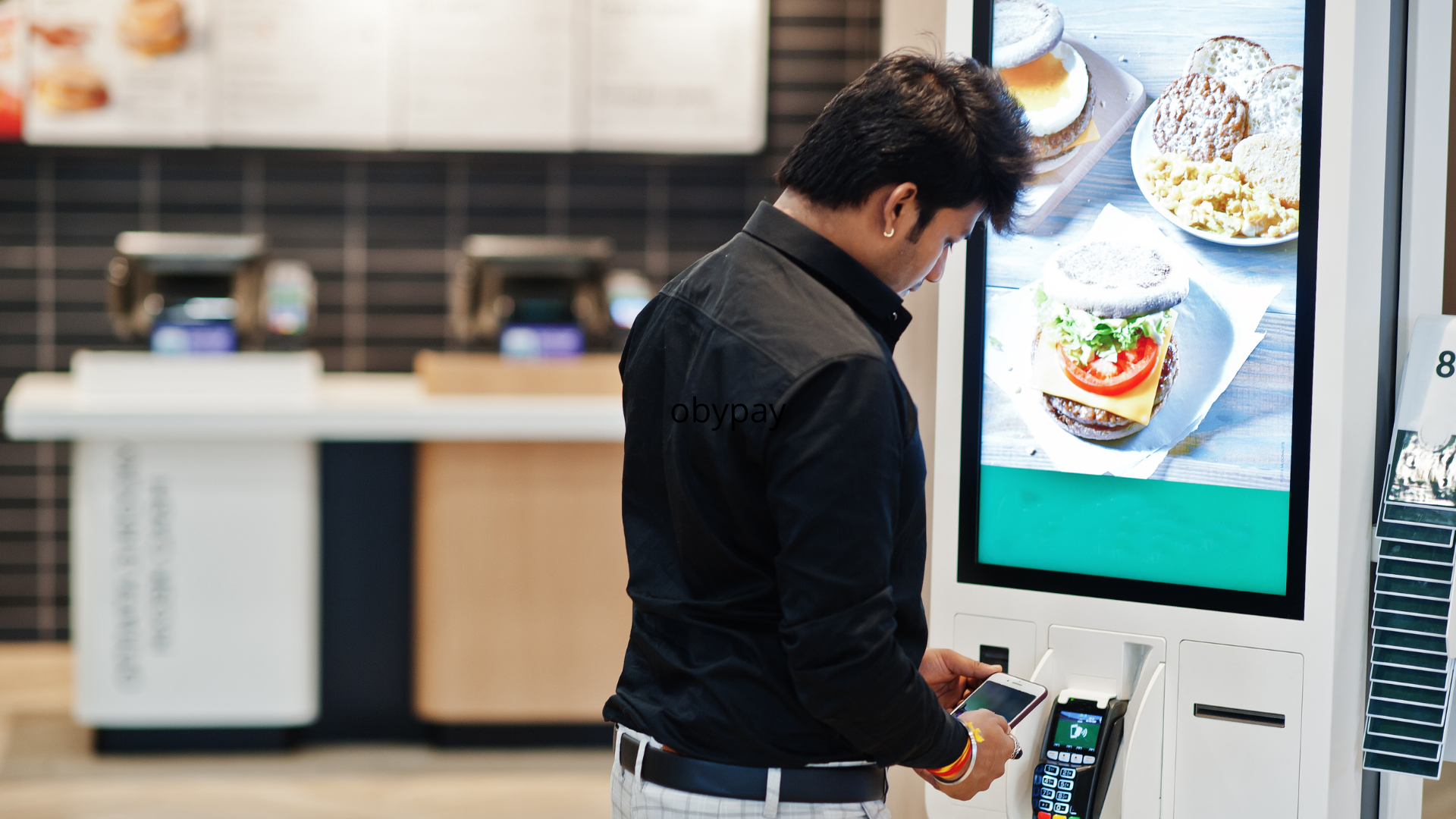
Are you tempted by the idea of installing a kiosk in your restaurant?
Before you rush off, take the time to read this article.
The choice of equipment can have a major impact on the return on investment and thecustomer experience in your facility.
To keep costs down, you may be tempted to opt for a low-cost order terminal.
But be careful!
First-price control units can be full of surprises.
We therefore propose to explain why it is preferable toavoid low-cost solutions when it comes to ordering terminals for restaurants. Between dubious ergonomics, degraded customer experience and hidden costs, you'll see that opting for the first price isn't necessarily a good plan.
And that sometimes, it's better to invest a little more to avoid inconvenience.
After all, a happy customer is a returning customer, and there's nothing like a good first impression, is there?
Low-cost models that aren't very durable...
If you've started asking around about installing a kiosk in your restaurant, it's probably jumped out at you: the price differences can vary greatly from one model to another.
This price difference is partly explained by the quality of the materials and components used.
Don't forget that your order terminal will be in a high-traffic area.
It will be exposed to light, heat and sometimes even humidity. It will be handled by dozens, if not hundreds, of customers a day (we hope you do!). It may even be abused by hurried users with little respect for the equipment.
So it's best if your control terminal is resistant to these "stress hits", during peak periods.
Imagine yourself in the middle of a restaurant fire, with a line of impatient customers in front of the kiosk... which suddenly stops working. Screen failure, software bugs, faulty card reader... Low-cost kiosks are more fragile and more prone to breakdowns. Frequent repairs or early replacements can quickly eat into the budget you thought you'd saved.
A degraded user experience
The control terminals must offer customer experience fluid and intuitive.
The interface has to be responsive, the touchscreen precise and the system fast. Unfortunately, these criteria are not always met by entry-level models.
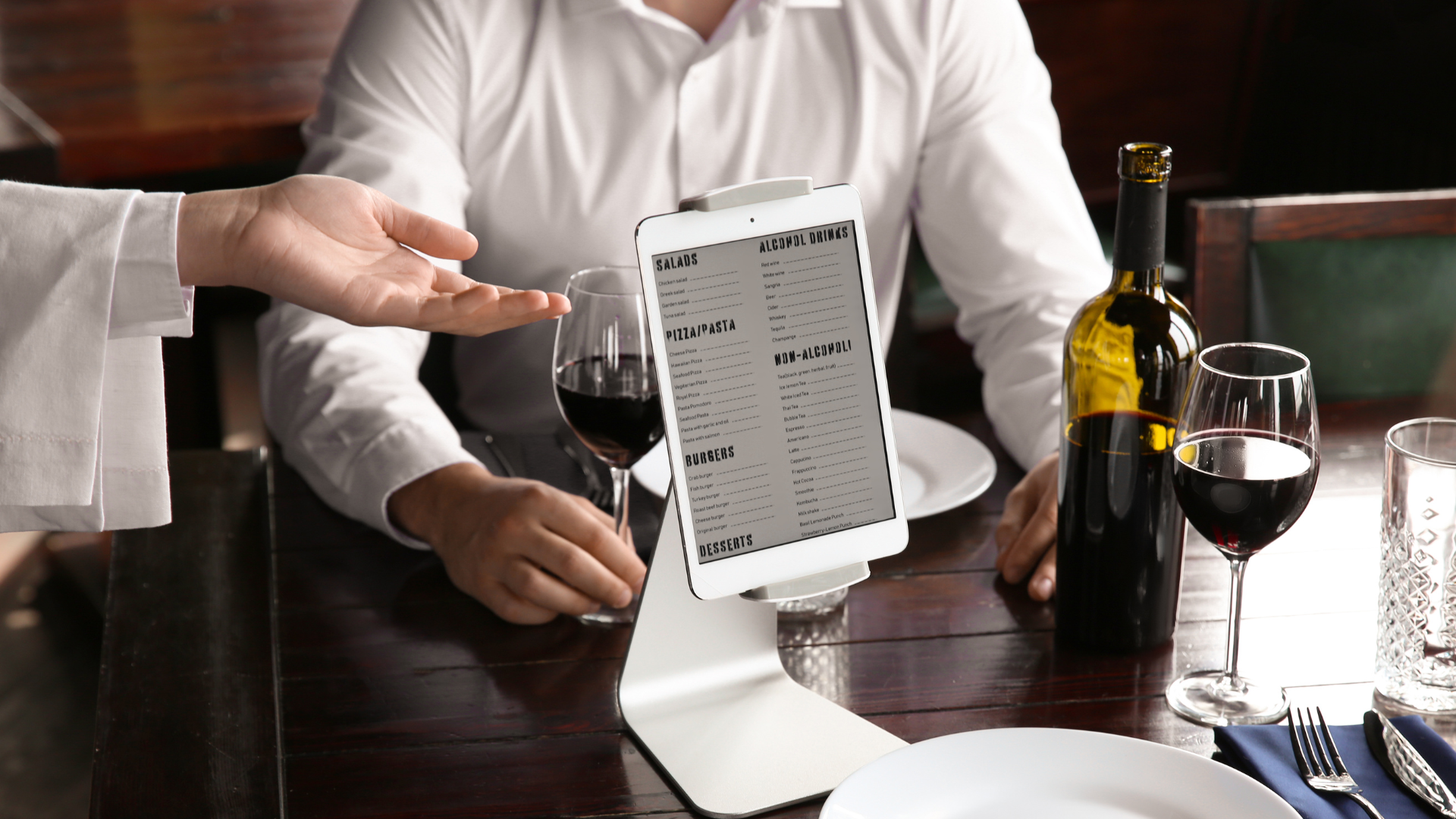
With low-cost control terminals, response times are often longer. And the control interface is also less fluid.
Put yourself in the shoes of a customer who has to press a button three times to validate an order, or wait several seconds between each step.
Crisis guaranteed!
The customer abandons the order, returns to the counter (which takes all the interest out of the kiosk) or, worse still, leaves the establishment for a better-equipped competitor and leaves you a negative review on Google !
You get the opposite effect of what you were hoping for with this new equipment...
The low-cost design of entry-level control terminals
One of the major drawbacks of entry-level control terminals is their design.
Simplistic and not very customizable, they look more like screens placed there by chance than real control terminals.
But the design of the kiosk also reflects the image of your establishment. If your customers feel that you didn't want to invest in the equipment, it's likely to affect their satisfaction.
The control terminal remains a high-tech object that reflects the modernity of your restaurant and your ability to invest in the customer experience.
Fewer functions with entry-level terminals
With entry-level control terminals, you generally have access to a limited range of functions, unlike higher-end models.
An interface on the cheap
To guarantee low prices, manufacturers and suppliers have to make choices to maintain their margins. This involves not only material quality defects, but also poorly designed control interface unintuitive navigation, poorly displayed information, ergonomic problems.
This accumulation of little details makes the ordering experience frustrating, if not downright irritating!
Lack of order personalization
Customers like to be able to customize their orders For example, a burger without onions, a pizza with extra cheese, or a coffee with a dash of plant-based milk. Top-of-the-range kiosks allow you to customize your order seamlessly. These systems also include Product push function personalized suggestions are automatically proposed to the customer during the order process. This increases the average shopping basket from 20 to 30%!
On the other hand, entry-level models are often limited to fixed menus, with few options for adjusting orders. As a result, customers are increasingly frustrated by their inability to tailor their meals to their individual desires.
No software update
Remember the very first GPS systems built into cars: to update them and get the latest version of the navigation maps, you had to go to the dealership and pay for a technician.
With entry-level control terminals, it's exactly the same.
You can't rely on regular control software updates. New features, new integrations, evolving control interface... You'll miss out on all the innovations and your customers realize it.
Difficult integration with other systems
Most modern restaurants operate with a complex digital ecosystem: a point-of-sales softwarean inventory management system, a KDS (Kitchen Display System)... With low-cost kiosks, you find yourself having to tinker to connect the systems together and ensure data integrity.
On the contrary, top-of-the-range models fit perfectly into this environment, making it easier to data synchronization and optimizing restaurant management.
No loyalty program included
It's the little extra that can make all the difference to your restaurant.
Visit digital loyalty card is gaining ground in the foodservice sector: it interfaces with all ordering systems, including the kiosk.
Unless you've opted for a low-cost kiosk... These low-cost models are often equipped with proprietary systems that are not compatible with a digital loyalty solution.
To connect your low-cost order terminal to your digital loyalty program, you will need to invest in development costs.
An additional hassle that will quickly make you regret your low-cost purchase.
After-sales service in the daisy chain
It seems obvious, but it's all too often forgotten: low cost means little or no customer service.
Too complicated a configuration? A faulty connection? Need to upgrade?
There's just one thing to remember when it comes to first-price terminals:
You're on your own!
On the other hand, suppliers of mid-range and high-end order terminals often provide a telephone line or e-mail address for quick contact with the customer. after-sales service.
These more expensive models also include a warranty and maintenance that protects you in the event of a technical problem or part replacement.
For low-cost terminals, replacing a part can quickly turn into a nightmare: spare parts can be hard to find, and replacing them can be expensive. And while you're at it, your malfunctioning kiosk is a pale shadow in front of your customers...
In short, as you can see, we don't recommend a low-cost control terminal.
Because, good news for you, there are advantageous solutions for buy a quality control unit without breaking the bank.
How do you get a control unit on a tight budget?
You don't have to buy the hardware to install your control terminal.
In fact, depending on your supplier, there are several solutions available to you.
Control terminal rental
This is by far the most popular solution, for obvious reasons:
No initial investment
Renting allows you to equip yourself without having to invest a large sum of money up front.
In this case, you pay a monthly or quarterly fee to use the terminal, without ever owning it.
Cutting-edge equipment
The big advantage of renting is that you can choose to replace your equipment with a newer model.
So you always have access to the latest technology, without having to buy new equipment every time a terminal becomes obsolete.
Maintenance included
Most leases include maintenance and repair services. repairs. In the event of a breakdown or problem, the supplier takes care of everything. That means fewer financial surprises and easier management of your equipment!
Contractual flexibility
Are you expanding your restaurant or adding more customers?
No problem at all! With rental, you can easily increase your order capacity by adding additional terminals for rent.
Control terminal leasing
Halfway between rental and purchase, leasing allows you to become the owner of your control terminal with a low investment. The principle is simple: you rent the equipment for a fixed period (usually several years), with the option of buying it at the end of the contract for a residual sum.
Reduced initial cost
As with rental, leasing reduces the initial cost of acquisition. You spread the payments over several months or years, which puts less strain on your restaurant's budget.
Maintenance included
As with rental, leasing generally gives you access to a maintenance service, so you don't have to pay extra in the event of a breakdown. Be sure to check the conditions in your leasing contract.
Purchase option
With leasing, you can become the owner of the terminal at the end of the contract for a fraction of its initial price. In this way, you combine the advantages of leasing (installment payments) and buying (term ownership).
Installation of control panels
If you can't afford a wall-mounted or free-standing control terminal, you can opt for a control tablet. These devices offer the same functionality as a high-end control terminal, but are much more affordable.
You can install them directly on tables or counters.
Remember to use a protective anti-theft stand to avoid unpleasant surprises.
Visit control shelf can also be used by the waiter who moves from table to table to make it available or take the order.
Equip your restaurant with an ordering terminal with Obypay
With Obypay, you benefit froma wide choice of control terminals Depending on your requirements, you can choose from a range of screen sizes, finishes and colors.
All Obypay kiosks integrate a seamless ordering and payment interface and connect to your POS software. You can take advantage of functionalities such as the digital loyalty program, the collection of customer reviews or the prepaid cards.
Contact one of our advisors to find out more about our different models and financing solutions.









